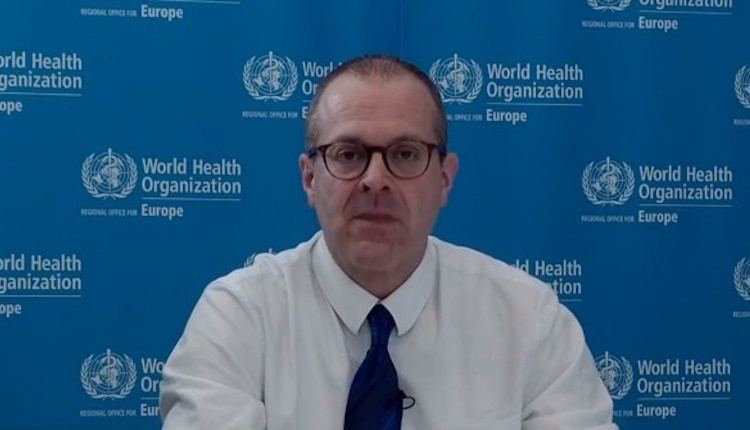
Schools in Europe and COVID-19: the WHO warns there is no "zero risk"
Schools and COVID-19. The European section of WHO has opened the way to a dialogue between the Member States on how European schools can teach recovery in the wake of the coronavirus.
“Our actions must be targeted to the virus and not to children. We cannot ask our children to press the pause button on their lives. This is what Dr Hans Henri P. Kluge, WHO Regional Director for Europe, said at the beginning of the discussion on how best to manage this transition in schools in time for COVID-19.
Schools and COVID-19: goals of the WHO
Children and adolescents must not be left behind, and their developmental, physical, mental, emotional and social needs must be met to prevent them from becoming hidden victims of the pandemic, Dr Kluge stressed. He went on to say that WHO aims to support the leadership of health authorities while recognizing the concerns of parents and children and protecting constitutional rights to health and education for all citizens.
The fact that 1.6 billion children worldwide are wasting time in school is a generation catastrophe, and more resilient systems are needed to mitigate the long-term impact on children’s health. Thanking WHO Europe for leading the debate on this crucial issue, the Italian Minister of Health, Roberto Speranza, proposed to support the process through a regular meeting of experts to help bring out the facts, analyze the evidence and better protect children, their families and communities.
Schools and COVID-19: there are no zero risks. Here are the possible transmission scenarios and mitigation measures
On the resumption of schools in times of COVID-19, the suggestion of the Italian Minister from WHO Europe, which proposed a framework of support for countries that intervene to make schooling safe, was well received. Moreover, WHO Europe has committed to providing a platform for the Member States and partners to share experiences, warn each other and follow adaptation measures if necessary.
The WHO framework describes a number of transmission scenarios, as well as mitigation measures that could be considered in each case. Advice includes what to do if no cases are reported in the community and how measures should be intensified if sporadic cases appear or lead to clusters of infection or transmission in the community.
A step-by-step approach is suggested with a range of personal, administrative and environmental interventions, including regular hand washing, social distancing and ensuring adequate ventilation of environments and facemasks, and the provision of tailored solutions for children with disabilities, without stigmatization.
WHO stressed that there was no zero-risk approach for schools during the pandemic, so it is important not to blame schools in case of infection. Instead, it is necessary to prepare, plan and react appropriately, while ensuring that school closures are used as a last resort.
COVID-19: resilience in schools. The system must listen to the children
Making systems more resilient means hearing the voice of children when discussing policymaking. In a recent survey, young people indicated a desire to see less stigmatization around mental health problems and better psychological support in schools, highlighting the need to prioritize the wider emotional impact of the pandemic when rebuilding.
The role of children as members of families and wider communities was taken on by Dr Kluge, who said: “We need to lift them up so that they can lift us up. Children are ambassadors of humanity’s future. As such, vulnerable children and young people have been at the center of discussions, where it was noted that children in violent families and girls at risk of forced marriage and gender-based violence are less likely to return to school.
From UNICEF Regional Councillor for Education, Parmosivea Bobby Soobrayan stressed the protective role of schools in society, saying that schools must make up for lost learning and ensure the reintegration of all children.
Monitoring of COVID-19 infections in schools, families and communities, and its correspondence with health and social measures implemented at the local level, would provide the data needed to guide sensible policies.
By holding this meeting and putting the issue of schooling during the COVID-19 pandemic at the top of its agenda, WHO Europe has demonstrated its commitment to children and adolescents and leaving no one behind as the world continues to tackle COVID-19.
READ THE ITALIAN ARTICLE
READ ALSO
SOURCE

